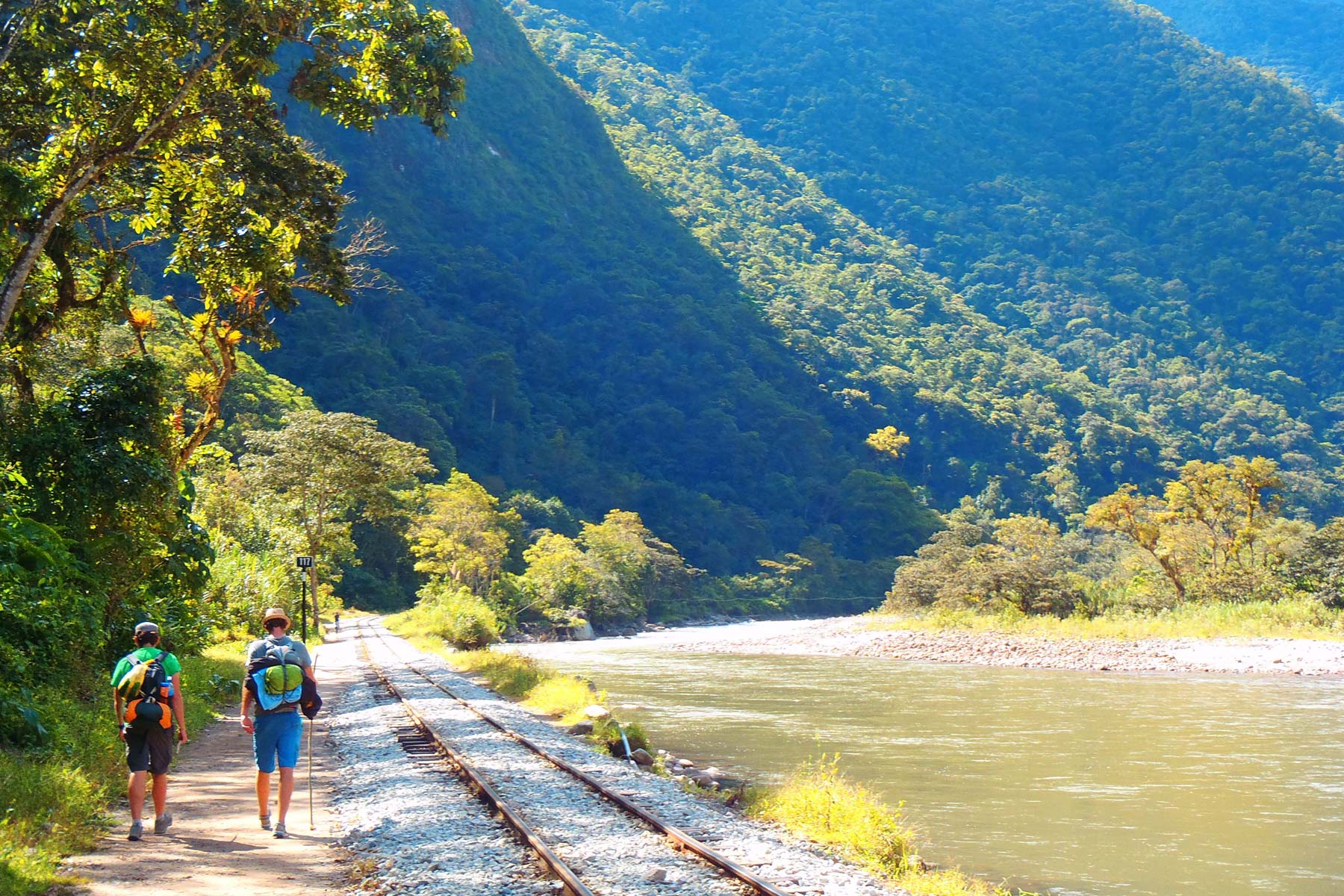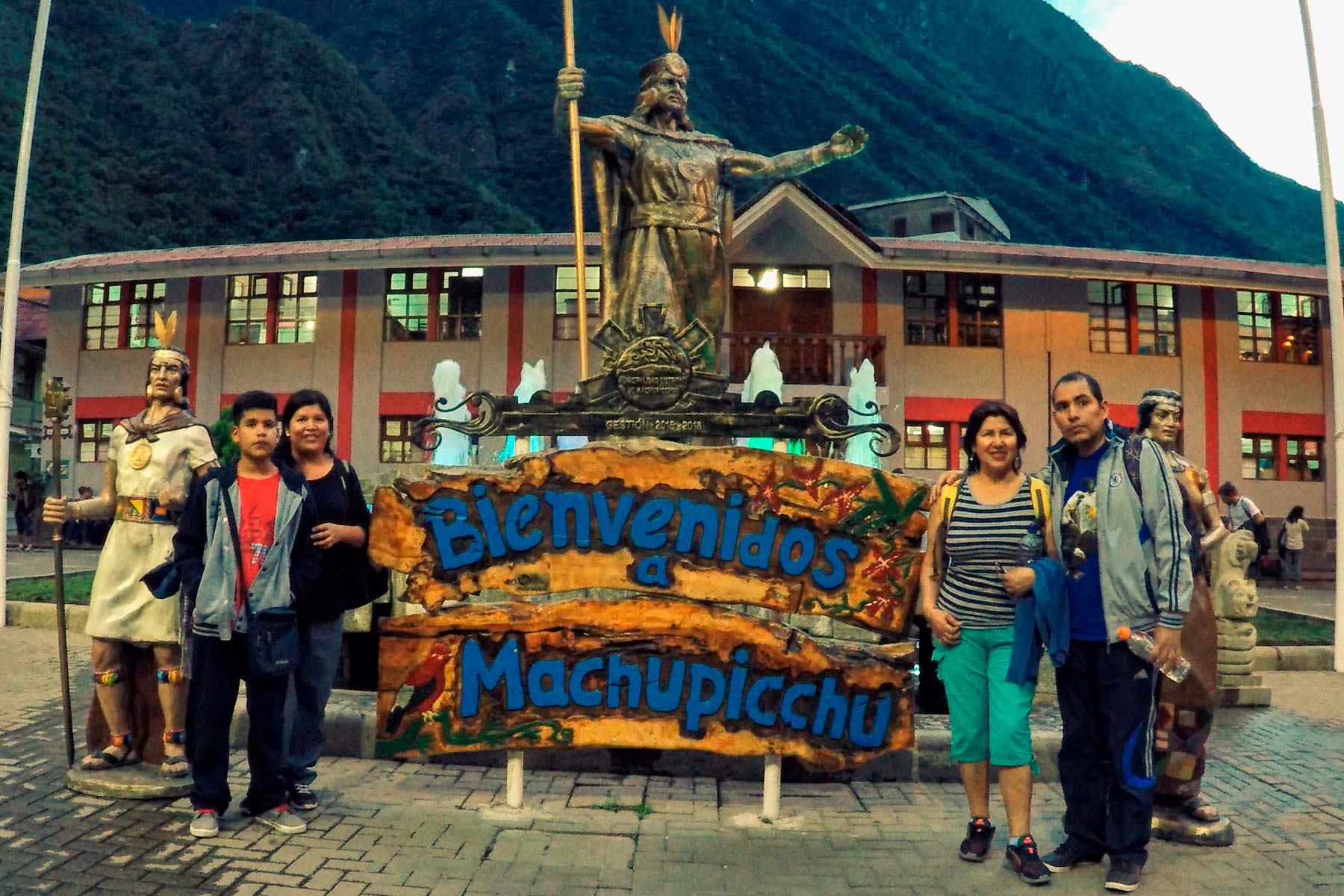Dreaming of Machu Picchu is easy. Deciding how to get there—that’s the real adventure. If you’re reading this, the spirit of independence is calling, and you’re asking a crucial question: is it truly possible to visit Machu Picchu on your own? The short answer is a resounding yes. But being possible doesn’t make it simple.
Organizing this journey independently can be one of the most rewarding experiences of your life or a source of unexpected stress. The outcome depends on your planning, your adventurous spirit, and, frankly, a bit of luck. This guide provides the tools to help you make the best decision for your travel style.
Choosing Your Path: Independent Trip vs. Organized Tour
Before you start booking tickets, it’s vital to be honest with yourself about what you want from this experience. Neither option is inherently better; there is only the option that is better for you.
- The Freedom of Independent Travel This path is for the traveler who craves autonomy. You are the master of your own time. If you wish to spend an extra hour meditating in front of the citadel, you can. If you feel like changing plans on the fly, that’s also your prerogative. For the savvy traveler skilled at finding deals and comfortable with basic accommodations, there’s a potential for cost savings. Above all, the sense of personal satisfaction from successfully navigating every step of the journey, from local transport to the gates of the ancient city, is unparalleled.
- The Risks and Realities of Going Solo This freedom comes with responsibility. Key logistics like entrance tickets, train seats, and buses sell out months in advance, especially in high season. You must become a master of advance booking. The Andean climate is also a powerful, unpredictable force. A sudden downpour can trigger landslides (huaycos), blocking roads and leaving you stranded. Social protests can also halt transportation without warning. The mental load of researching, booking, coordinating schedules, and staying constantly vigilant can be exhausting and detract from the magic of the journey.
Essential Planning Factors for Your Journey
If the idea of an independent adventure still resonates, excellent. Now it’s time to ground that dream in reality. Two elements command your respect above all others.
The Climate: Your Decisive Travel Companion
The weather in the Andes is not to be taken lightly; it defines your experience of how to get to Machu Picchu.
- Dry Season (April to October): These are considered the ideal months. Expect sunny days, blue skies, and a lower chance of rain. This is also the high season, which means more crowds and higher prices, but safer and more reliable travel conditions.
- Rainy Season (November to March): Be prepared for intense downpours, persistent fog, and high humidity. February is the most critical month, with such heavy rains that the classic Inca Trail closes for maintenance and safety. The risk of landslides is real, and transportation services can be canceled.

The Altitude (Soroche): A Challenge to Acknowledge
Cusco sits at an elevation of approximately 3,400 meters (11,152 feet). Altitude sickness, or soroche, is a genuine concern for many visitors. Symptoms like headaches, nausea, and fatigue can spoil your first few days.
Acclimatization is non-negotiable. Plan to spend at least two full days in Cusco or the Sacred Valley (which is at a slightly lower altitude) to allow your body to adjust before undertaking any strenuous activity. Drink plenty of water and coca tea, walk slowly on your first day, eat light meals, and avoid alcohol. While “Sorojchi Pills” are available in local pharmacies, the best medicine is rest.
How to Get to Machu Picchu: The Main Independent Routes
You’re decided. The first and most critical step: buy your entrance ticket to Machu Picchu. Do this on the official government website or at their offices in Cusco, ideally months in advance. Without this ticket, every other plan is moot.
With your entry secured, these are your primary options for independent travel in Peru.
1. By Train: The Scenic & Direct Route This is the most comfortable and straightforward way to reach the citadel, but also the most expensive.
- Travel to Ollantaytambo: From Calle Pavitos in Cusco, you can take a shared van (colectivo). The journey takes about two hours.
- The Train Journey: The Cusco to Machu Picchu train is a classic experience, though most services depart from Ollantaytambo. You must book tickets well in advance with either Peru Rail or Inca Rail. A round-trip ticket from Ollantaytambo to Aguas Calientes can range from $140 to $190 USD.
- Arrival in Aguas Calientes: From this town at the base of Machu Picchu, you can either take the 25-minute bus up to the entrance (about $24 USD round-trip) or embark on a steep, 90-minute hike.
2. Via Hidroeléctrica: The Backpacker’s Adventure This is the quintessential low-cost route, a rite of passage for budget travelers that demands more time and physical effort.
- Bus to Santa Teresa: Take an early morning bus from Cusco towards Quillabamba and get off in the town of Santa María (approx. 5-6 hours). From there, a colectivo will take you to Santa Teresa (1 more hour).
- Transport to Hidroeléctrica: From Santa Teresa, another shared taxi will get you to the Hidroeléctrica train station.
- The Walk: The final leg of the route via Hidroeléctrica is a memorable 2 to 3-hour trek along the train tracks to Aguas Calientes. The path is mostly flat and winds through the stunning high jungle scenery.
- Overnight in Aguas Calientes: You will need to spend the night here to ascend to Machu Picchu the next morning. Book your hostel ahead of time, as they fill up quickly.
3. The Hybrid “By Car” Option: Aided Independence In Cusco, you will see many agencies offering “Machu Picchu by Car.” This isn’t a traditional tour but rather a transport package that simplifies the Hidroeléctrica route. For a set price, it typically includes round-trip transport from Cusco to Hidroeléctrica, one night in a basic hostel, and sometimes a meal. It’s a way to go “on your own” without the stress of coordinating multiple local transports.
Feeling Lost in the Logistics?
Planning a trip of this magnitude can feel overwhelming. Balancing budgets, booking tickets, and navigating transportation is a challenge. If you find your excitement being replaced by stress, remember that the goal is to experience the wonder of the Andes, not to get bogged down in coordination. An ethical, well-organized tour handles all the details, so your only job is to live the moment. Our team is rooted in Cusco and specializes in creating authentic, worry-free journeys.
Want to understand the best options for your specific travel dates and style? Let’s connect. You can chat with us on WhatsApp for a no-obligation talk and get guidance from a local expert.

A Final Caution: The “Too Good to Be True” Offer
In the bustling center of Cusco, you’ll be approached with offers for Machu Picchu trips at impossibly low prices. Be wary. In this industry, what seems cheap often becomes expensive. These deals can hide poor-quality services, uncertified guides, unsafe transport, and broken promises. The pressure to sell can lead some to cut corners on safety and quality, turning a dream trip into a regrettable experience. Always research, read recent reviews, and prioritize value and security over the lowest price.
Embarking on a journey to Machu Picchu on your own is an adventure in itself. But if you prefer to invest your energy in the breathtaking landscapes and profound history, a trusted tour operator is your strongest ally for achieving true peace of mind.

